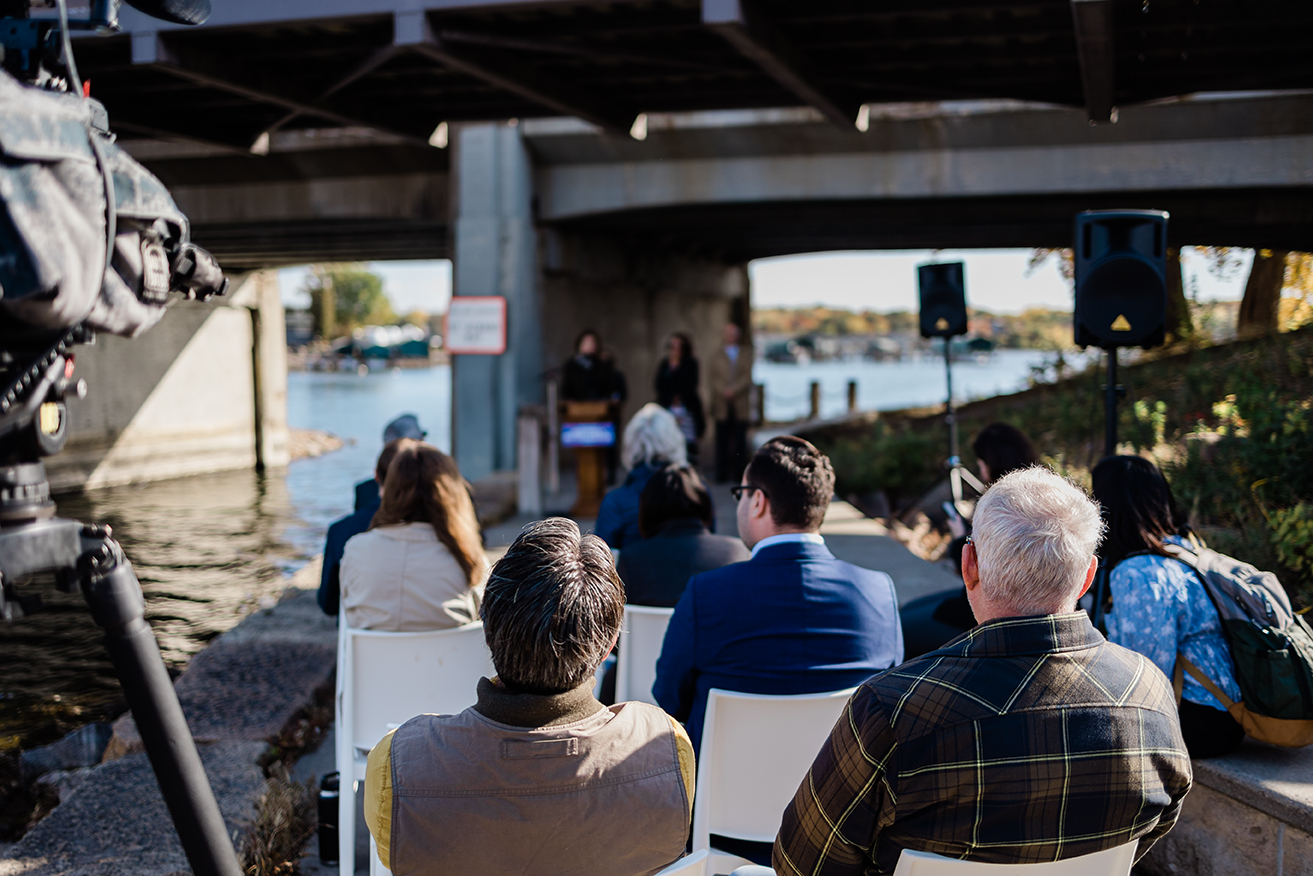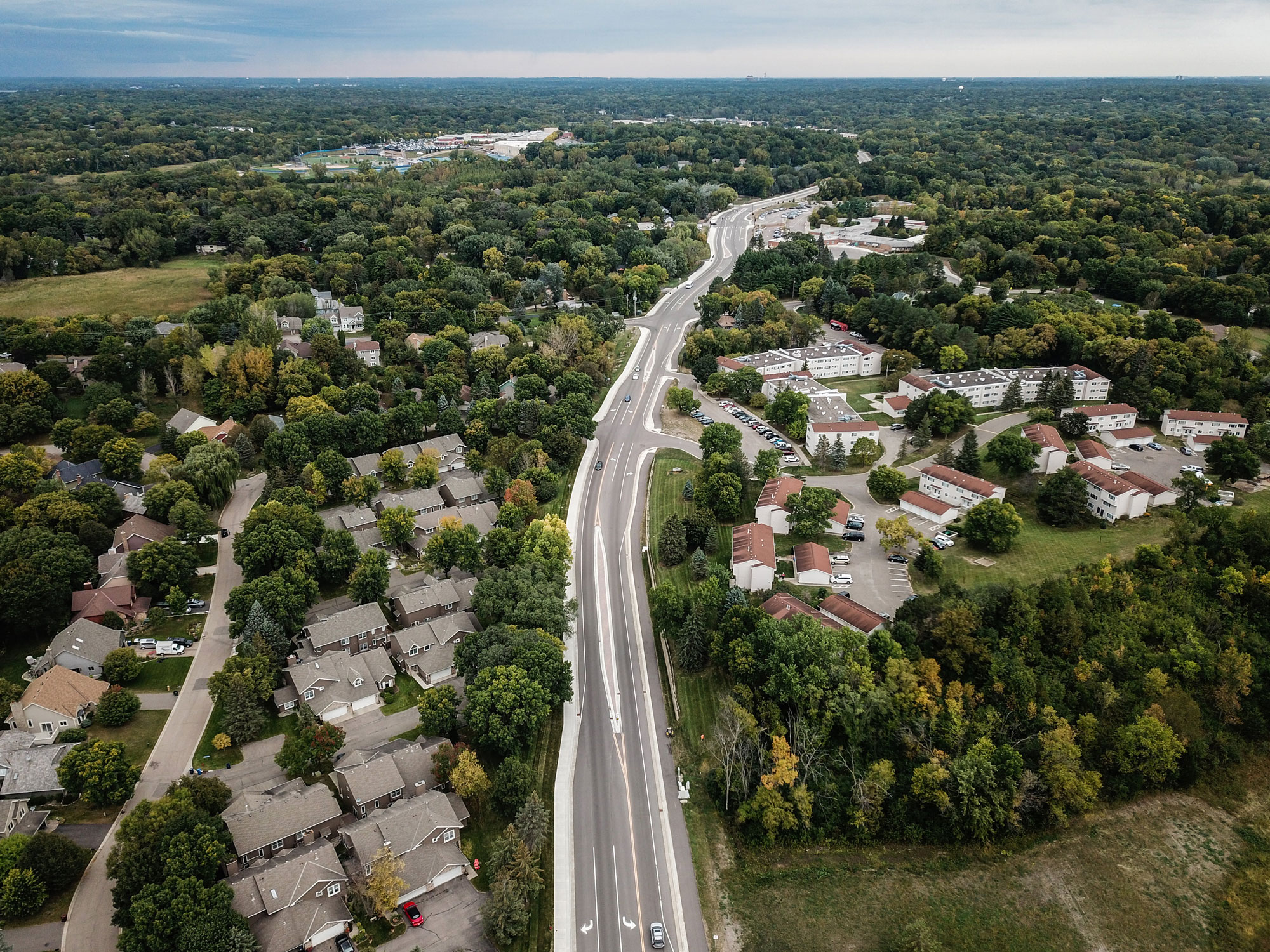
New ADA Requirements for Digital Documents and Web Tools
October 15, 2024
By Ryan Earp, Director of Public Engagement and Chhavi Dhingra, Public Engagement Sr Manager, WSB
On April 24, 2024, the Department of Justice (DOJ) updated the rules for Title II of the Americans with Disabilities Act (ADA). These new rule require all websites and mobile applications provided by state and local governments to follow the Web Content Accessibility Guidelines (WCAG) 2.1, Level AA standards. This means nearly all public documents, forms, and permits must be made fully accessible to people with disabilities. Depending on population size, they must meet these standards by either April 2026 or 2027.
Benefits for Residents and Cities
Implementing these new ADA requirements can significantly enhance access to information for residents with disabilities, thereby promoting inclusivity. By ensuring digital content is accessible, cities can provide a more equitable experience, allowing all residents to engage fully with municipal services and information. Furthermore, this effort demonstrates a city’s commitment to meeting the diverse needs of its populace, fostering community trust and satisfaction.
Challenges Posed for Cities
Integrating WCAG 2.1, Level AA compliance can present several challenges for municipalities. The requirement involves updating a wide range of digital content, which can be resource-intensive. Cities may need to overhaul existing documents and online resources while also ensuring future content meets the new standards. Additionally, staff must be trained in these accessibility requirements, adding another layer of complexity to the implementation process.
How WSB Can Assist
WSB is certified in ADA communications and offers comprehensive support to help local governments navigate these requirements successfully. Here is how we can help:
- Digital Accessibility Audits: Identify areas where your current communications might not be accessible to individuals with disabilities.
- Accessible Document Creation/Conversion: Make all public-facing documents, including PDFs, PowerPoint presentations, and Word files compatible with screen readers and other assistive technologies.
- Accessible Social Media Messaging: Ensure your social media content includes alt text for images, closed captions for videos, and plain language to make it accessible to all.
- Emergency Communication Planning: Develop strategies to ensure emergency communications are accessible, so all residents receive vital information.
- Public Feedback Mechanisms: Establish channels for individuals with disabilities to offer feedback on accessibility and suggest improvements.
- Vendor Oversight and Compliance: Create checklists or frameworks to collaborate with external vendors helping them adhere to accessibility standards in their digital platform development.
Contact us today for a free initial accessibility audit. We will assess your city’s website and related documents, providing you with an inventory of accessibility needs. This will form the foundation of an action plan for 2025.
*Level AA of the WCAG represents an intermediate level of accessibility, legally required for many websites. It improves upon the basic Level A requirements with an additional 20 criteria aimed at making content adaptable, readable, and easy to navigate for users with various disabilities.
Ryan has worked with a variety of private and public sector clients to develop impactful strategic communications plans and execute stakeholder and community engagement initiatives. Ryan is passionate about integrating emerging tools and technologies to meet stakeholder outreach objectives for our WSB clients.
[email protected] | 320.224.6879

Chhavi is a transportation engineer and public engagement professional with almost 20 years of experience developing sustainable policy, practices, and communication strategies, and leading stakeholder management for transportation and transit projects. She has supported several road transportation planning projects globally while overseeing engagement, multi-stakeholder partnerships and strategic communications focusing on addressing mobility and accessibility needs of disadvantaged communities.
[email protected] | 917.328.3588














